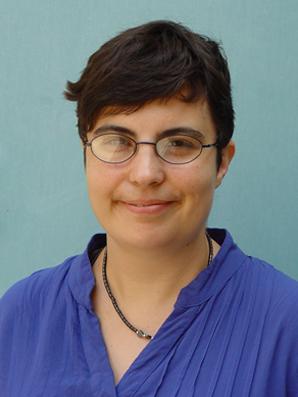People helping people was the focus of a blood drive held in Plaza Vaquero on Sept. 30 and Oct. 1, from 9 a.m. to 8 p.m.
The blood drive, promoted by the Associated Students of Glendale Community College and collected by USC, goes to the Verdugo Hills Hospital.
Marie Triggs, senior field recruiter for USC, said the difference between a Red Cross blood drive and the USC blood drive is that this blood is used only for the community, whereas Red Cross donations are used all over the world.
Chris Duplessis, an undecided major, decided to stop by the blood mobile. “I’ve donated once before in high school. I had spare time and I figured why not?”
Luis Para, a mechanical engineer major, who’s been donating blood since his sophomore year of high school in 2006 was told about the blood drive by a professor. He also had the spare time to donate the much needed blood.
Triggs said the donation of one person, which is one pint, can save up to three lives. She said the three people may have three separate needs that are found in the blood: the platelets, the plasma and the red blood cells.
Sean Incontro, nursing major, who is finishing up an emergency medical technician program, gave his time and donation of blood. Incontro said he has firefighters and paramedics in his family.
“In the emergency room there’s always a need for blood,” said Incontro, “We had a gentleman who was shot. He lost a lot of blood and we ended up going through 50 units of blood and he ended up passing. There’s a great need for blood and that’s just in the emergency room. It’s needed throughout the hospital for various reasons.”
Triggs said the goal of the drive was to collect 48 units or pints a day and, by the end of the drive, they had collected 150, 54 more units than they originally expected.
Before a person can donate blood, they must meet certain criteria:
First, they must be at least 17 years old and weigh a minimum of 110 pounds.
Donors must wait at least 12 months after receiving a tattoo and three days after dental procedures before making a donation.
All donors must be in good health and cannot have taken antibiotics within the 72 hours prior to donation. People with colds and sore throats should not donate.
All donors must drink plenty of fluids, eat a nutritious meal and show a valid photo ID before donating.
After qualifying for donation, the donor fills out paper work and waits to be called.
The donor goes through what is called a mini-history to check blood pressure, iron level, temperature and pulse.
If all are vitals are normal, the blood is drawn using new, clean, disposable instruments that are never used on anyone else. The process takes from five to 10 minutes, while the donor squeezes a rubber ball similar to a stress-ball.
After the blood is drawn, the donor is told to wait 15 minutes while snacks like juice and cookies are provided.
The blood collected in the blood-mobile is put into a special cold container and then it goes to four labs to be tested. When the results come back approving the blood for use, the blood is used on patients.
It is a felony to donate blood if the donor has HIV or AIDS and knowingly donates blood. False positives may occur in the lab; in that case, the donor is notified and has to check with their physician to retest.
For this blood drive, donors were offered a T-shirt with a Superman logo reading “Super Donor,” a sticker and the choice between a $5 Starbucks or In-n-Out gift card.


